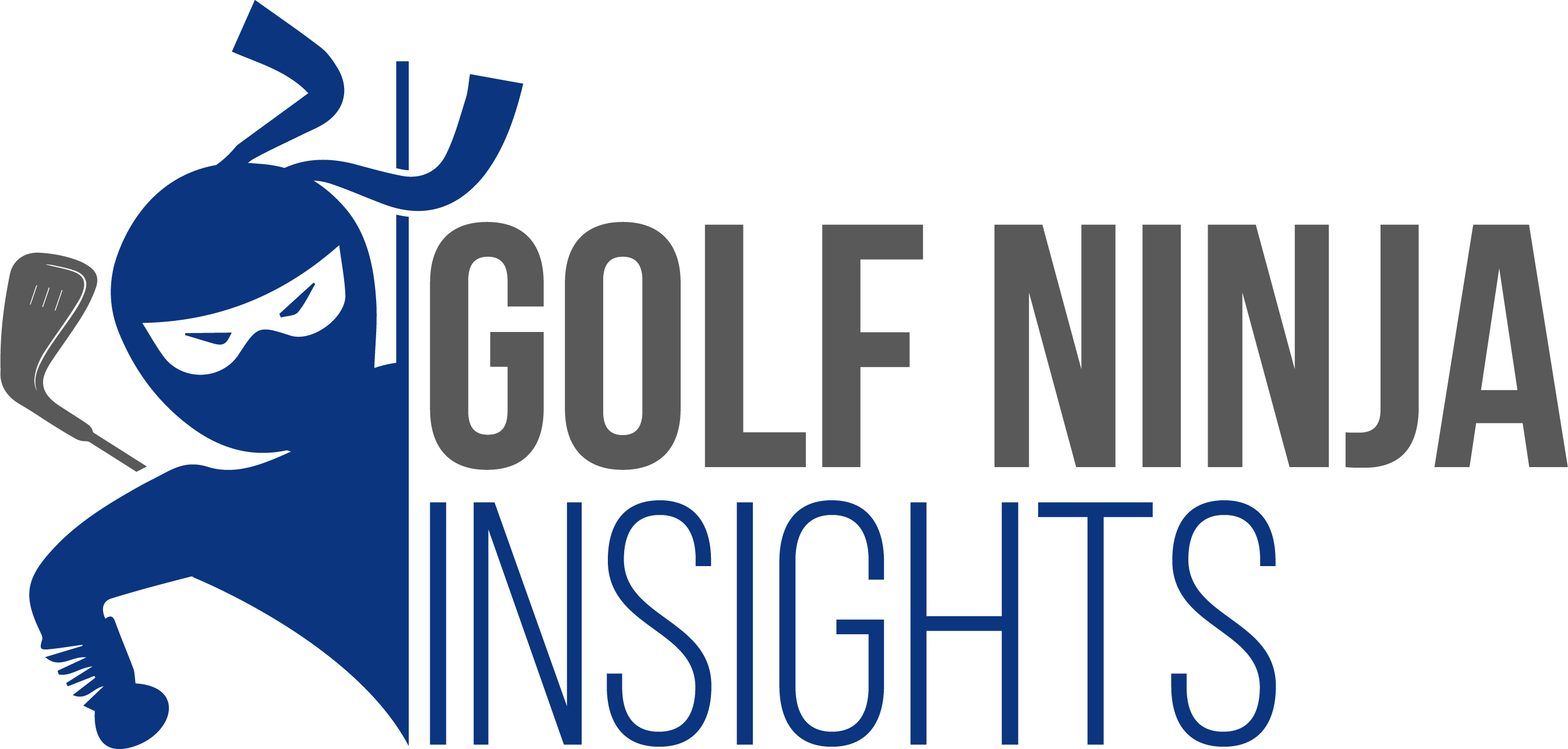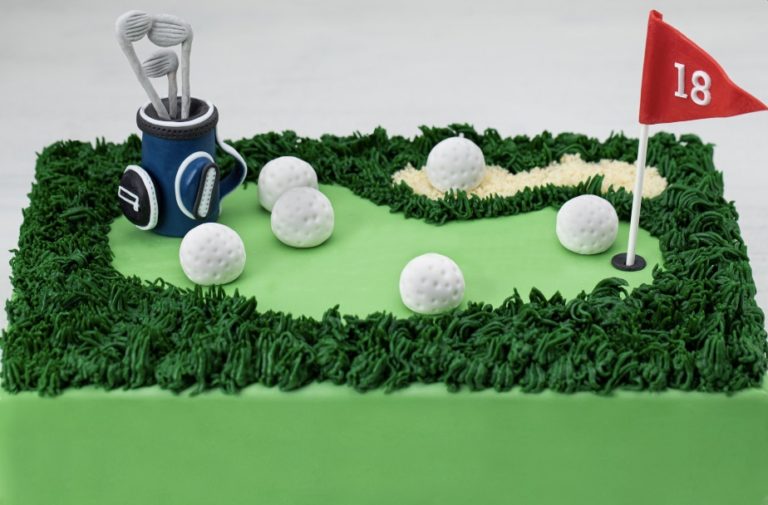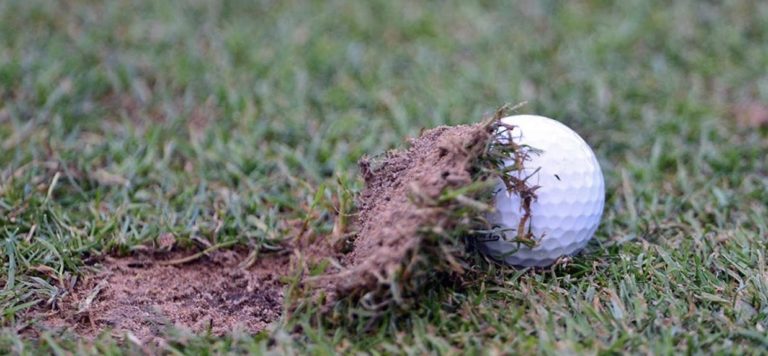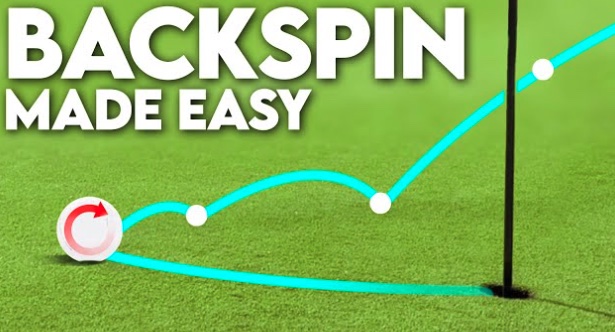
Ever wondered how professional golfers seemingly bend the ball’s flight at will, curving it around obstacles with ease? It’s called a draw shot, and it’s a game-changing skill that can be within your grasp too! This blog post will guide you through the ins and outs of “how to draw a golf ball consistently”, giving you step-by-step instructions and practical advice to take your golf game to the next level. Are you ready to unlock the secrets behind this highly sought-after skill? Let’s get started!
Key Takeaways
Master the draw shot for greater distance, accuracy and improved performance on the course.
Tweak your swing path and clubface control to hit an impeccable draw shot with irons.
Dedicate time & effort to practical drills, troubleshoot common issues & utilize mental techniques for a successful draw!
Understanding the Draw Shot
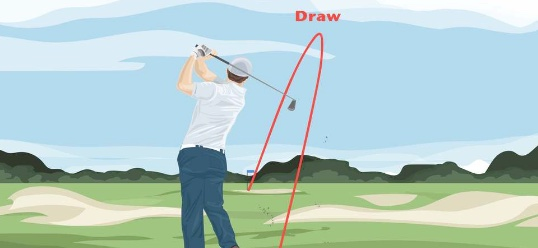
A draw shot is a controlled ball flight that moves slightly right-to-left for right-handed players or slightly left-to-right for left-handers, making it one of the two main ball flights in a golf game, alongside the straight shot. It can help you gain more distance and accuracy, allowing you to navigate around obstacles with ease and stay on the fairway. Many golfers strive to master this shot, but it requires proper setup and adjustments to your swing path and clubface control.
Wondering how to hit a draw that will impress your golfing buddies? Let’s delve into the ball flight laws and the benefits you can reap from a draw shot.
The Ball Flight Laws
Grasping the ball flight laws is key to mastering a draw shot. These laws involve clubface angle, swing path, and the angle of attack, all of which influence the trajectory of your shot. A draw is achieved by creating an in-to-out swing path, with the clubface pointing between the clubface and target at impact. This differs from a fade, which has an out-to-in swing path and a clubface pointing between the swing path and target at impact.
Another aspect of ball flight laws is the angle of attack, which influences the launch angle and stability of the ball flight. A negative angle of attack can give you a piercing and stable flight path, while a positive angle of attack can result in a higher launch and potentially less control over the draw shot. Once you comprehend and utilize these ball flight laws, you’re on a clear path to executing a triumphant draw shot.
Benefits of a Draw Shot
One of the main advantages of a draw shot is the increased distance it offers. Due to its lower spin and trajectory, a draw shot can help you cover more ground and gain extra yards on the course. Additionally, a draw shot can provide more shot options, allowing you to shape your shots around obstacles and tackle challenging courses with greater ease.
Another benefit of a draw shot is its performance in windy conditions. With its right-to-left curve for right-handed players (or left-to-right for left-handers), a draw shot can help you keep the ball low and under control, even when facing strong headwinds or crosswinds. Mastering this skill will undoubtedly give you an edge on the course and leave your golf buddies in awe.
Mastering the Golf Swing for a Draw
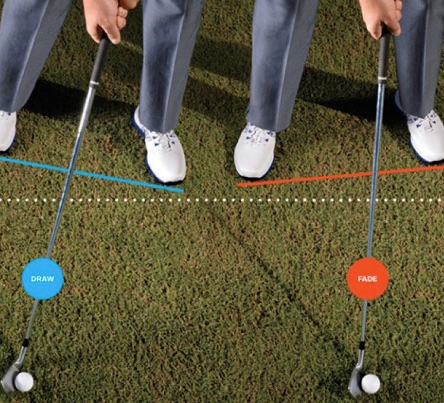
To execute a draw shot, some tweaks to your golf swing are necessary. This involves altering your swing path and managing the clubface during the swing. Concentrating on these vital elements will enable you to deliver a draw shot with accuracy and consistency.
You might be wondering what changes are needed and how to excel at them. Let’s delve into these facets for a deeper understanding.
Swing Path Adjustments
The key to promoting a draw is adjusting your swing path. This involves slightly closing your stance and aligning your target line to encourage an inside-out swing path, which is essential for generating the desired draw spin on the ball. Stepping away from the ball slightly at address can also give you more room on the backswing and downswing, further enhancing your ability to create an in-to-out swing path.
Having proper alignment when aiming to hit a draw with irons is also crucial, as it allows you to swing in line with your feet and shoulders for a flawless draw. Implementing these setup modifications and swing alterations will set you on the path to executing an impeccable draw shot.
Clubface Control
Controlling the clubface during your swing is another essential factor in achieving a draw shot. To ensure a closed clubface at impact, you’ll need to focus on maintaining a square clubface during the backswing and adjusting the ball position in relation to the clubface at impact. By doing so, you can promote a right-to-left ball flight for right-handed players (or left-to-right for left-handers) and increase your chances of hitting a draw.
Moreover, controlling the clubface position and club face angle can help you shape your ball trajectory in golf. For example, if the ball is positioned forward in the stance, it can result in a closed club face at impact and cause a path from out to in, making the ball curve to the left. On the other hand, if the ball is positioned back in the stance, it can open the club face at impact and result in a path from in to out, causing the ball to curve to the right. So, use club face control to your advantage and shape your ball trajectory to hit the perfect draw.
Perfecting Your Grip and Setup
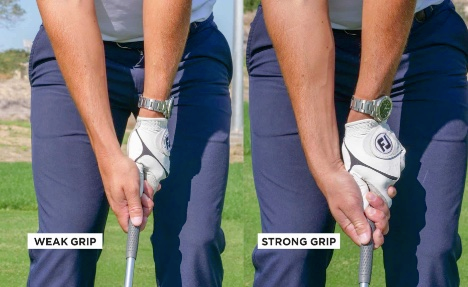
To enhance your ability to draw a shot, it’s paramount to master your grip and setup. This includes adopting specific grip techniques and adjusting your setup position to encourage a draw. By fine-tuning these aspects, you’ll be able to set yourself up for success and consistently hit a draw shot.
Let’s delve deeper into these grip and setup strategies.
Grip Techniques
There are different grip styles that can help promote a draw, such as a neutral or slightly strong grip. A neutral grip provides players with the control they need to hit a draw shot without overdoing it, ensuring a straighter shot and the perfect draw. To achieve a neutral grip, both hands should be positioned in a balanced and neutral position on the club.
On the other hand, a slightly strong grip can help right handed golfer players draw the ball by promoting a closed clubface at impact. This grip involves rotating the left hand more towards the right and the right hand more towards the left, compared to a neutral grip. By experimenting with these grip styles, you’ll find the one that works best for you and helps you achieve the desired draw shot.
Setup Position
Adjusting your setup position is another essential aspect of hitting a draw shot. To achieve the ideal setup position, slightly close your stance and align your target line to promote an inside-out swing path. This is the key to generating the desired draw spin on the ball. Additionally, positioning your hands correctly and maintaining a proper wrist position throughout the swing can also help you hit a draw shot.
Another important consideration for hitting a draw is the ball position in your stance. The ball position for a standard drive should be perfectly placed just off the left foot for maximum power and accuracy, while ensuring your right foot is positioned to provide stability. Implementing these setup position modifications will put you on track to executing a triumphant draw shot.
Practical Drills for Drawing a Golf Ball
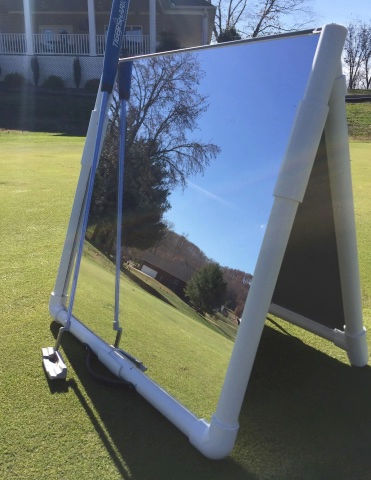
Regular practice is a must to truly master the art of drawing a golf ball. There are practical drills you can incorporate into your practice sessions to help you perfect this skill. By dedicating time and effort to these drills, you’ll build confidence and sharpen your ability to hit a draw.
Let’s delve into some of these practical drills and their role in enhancing your draw shot.
Mirror Practice
Mirror practice is an incredibly helpful tool for improving your swing path and clubface control. It involves using a mirror to check and correct your body position and alignment during the golf swing. By looking at your reflection in the mirror, you can ensure that your posture, grip, and alignment are correct. This visual feedback can help you develop muscle memory for the correct movements needed to draw the ball and adjust your swing path and clubface angle accordingly.
To maximize the benefits of mirror practice, try incorporating it into your regular practice sessions. Focus on maintaining a square clubface during the backswing and adjusting the ball position in relation to the clubface at impact. By consistently working on these elements, you’ll be able to hone your draw shot and see marked improvements on the course.
Targeted Practice Sessions
Targeted practice sessions are another effective way to improve your draw shot. These sessions involve hitting a variety of clubs and aiming for specific targets to develop your draw shot. By challenging yourself to hit different clubs and aiming for specific targets, you’ll be able to fine-tune your draw shot and gain valuable experience in different situations.
Some clubs to consider using for these practice sessions include mid-irons, such as the 5-iron or 6-iron. These clubs offer the right amount of loft to get the ball airborne and shape your shots with precision. Additionally, using a training aid like Swing Align can help ensure consistency and improve your overall performance on the tee box.
By committing time to targeted practice sessions, you’re on a clear path to mastering the draw shot.
Troubleshooting Common Issues
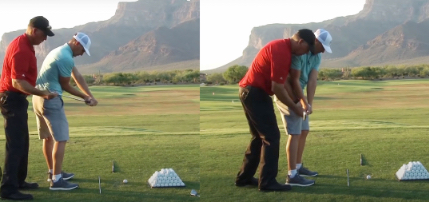
Despite practice and dedication, you might still face common challenges that hinder your ability to draw a golf ball. These issues can include slices, fades, and equipment problems. By identifying and addressing these issues, you’ll be able to overcome these obstacles and continue improving your draw shot.
Let’s examine some common problems and their solutions.
Slices and Fades

Slices and fades are common issues that can prevent you from drawing a golf ball. To address these problems, it’s essential to identify and correct any flaws in your swing path and clubface control. For example, an over-the-top motion can cause the ball to slice, making it difficult to achieve the desired draw shot. By correcting your swing path and ensuring a square clubface at impact, you’ll be able to eliminate slices and fades from your game.
Another way to avoid slicing and fading is to maintain a steady tempo and commit to a consistent pre-shot routine. Rotating the clubface at setup can also help ensure a closed clubface at impact, promoting a right-to-left ball flight for right-handed players (or left-to-right for left-handers). Addressing these issues and implementing the necessary modifications will steer you towards delivering a successful draw shot.
Equipment Check
Checking your equipment for draw bias and making necessary adjustments can also help you promote a draw shot. Some features to look for in your golf club include internal weighting or adjustable weight on the clubhead, which can help close the clubface and promote a draw bias. Observing the clubhead face angle and path at impact can also play a significant role in creating a draw bias.
Additionally, using a draw-bias driver can help you reduce or even eliminate a slice, promote a draw ball flight, and encourage a straighter ball flight. Examining your equipment and making the required changes will set you on track towards successfully hitting a draw shot.
Tips from Teaching Professionals
Learning how to draw a golf ball is a process that requires patience and persistence. Even with the best techniques and practice drills, it may take time to perfect this skill. Teaching professionals emphasize the importance of a strong mental approach and patience when learning how to draw a golf ball, a challenge faced by so many golfers.
Let’s delve into some advice from teaching professionals that will aid in your quest to master this skill.
Mental Approach

A strong mental approach is vital for successfully drawing a golf ball. This includes visualization, in which you mentally rehearse and visualize the perfect draw shot, picturing the ball curving in the desired trajectory. Visualization primes your mind for success and is a trick used by top players worldwide.
Another mental technique is arousal management, which involves being mindful of and regulating your level of arousal for each shot, finding the perfect balance between being relaxed and focused. By applying these mental techniques, you’ll improve your draw shot consistency and overall performance on the course.
Patience and Persistence
Patience and persistence are key to learning how to draw a golf ball, as it may take time and practice to perfect this skill. It’s important to remain motivated and dedicated to the learning process, even when faced with challenges. Understand that mistakes and obstacles can be opportunities for growth, and by persistently practicing and refining your skills, you can develop muscle memory and make the techniques become second nature.
As you continue to practice and improve, remember to celebrate your progress and always stay committed to honing your skills. With patience and persistence, you’re on a clear path to mastering the draw shot and becoming the talk of your golfing buddies.
Summary
In conclusion, learning how to draw a golf ball is an invaluable skill that can significantly improve your golf game. By understanding the ball flight laws, making adjustments to your swing path, using the correct golf ball, maintaining clubface control, perfecting your grip and setup, and practicing regularly with practical drills, you’ll be well on your way to mastering this skill. Remember the importance of a strong mental approach and patience, as it may take time and practice to perfect the draw shot. With determination and persistence, you’ll soon be hitting draw shots like a pro and leaving your golf buddies in awe.
